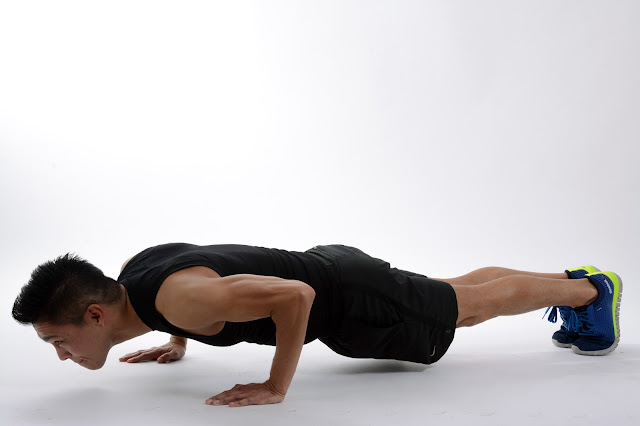Integrating Prehabilitation Movements with Compound Movements

Q: I am a member of the Canadian Forces Military Police branch. I have just come off of a medical category due to a lower back/sacroilliac (SI) joint injury from a training accident. That being said, I'm finally off medical leave and able to get to the gym. Running is something I am not good at both due to sports induced asthma and my injury (it gets really sore and tired around the 20 minute mark). As well, I have been working to develop core strength to regain stability in the region of my injury.
With that being said, I began to look online for programs or tips on training for cops. I came across a couple articles you wrote and thought that I would attempt to contact you. Basically I am seeking some assistance in not only regaining my fitness level but surpassing it.
As a fellow police officer and from your articles, you seem to have a keen sense for what is physically necessary of us. Plus, you made mention of "looking" the part which does assist in dealing with clients.
Any assistance that you can provide would be greatly appreciated.
My Answer: If you just got medically cleared, then you want to ease back into things. Take things slowly and build on the rehab and mobility exercises you were given as part of any physical therapy that you received.
The bottom line with any injury is to perform exercises that work the muscles of that area, provided that these exercises do not cause you any pain. Essentially you have to test out which lower body exercises don't cause pain and throw out the ones that do. Once you've developed a list of glute, ab and lower back exercises that you can perform, work on building your strength on these movements.
For example you may want to try a combination of isolated movements such as Bulgarian squats, hyperextensions, glute bridges, stomach vacuums and planks and integrate them with a program involving some compound movements, such as back squats (to work the glutes) and front squats (to work the abs and quads).
Nothing too heavy or strenuous at first. Just slowly build up your weight in small increments for the compound movements and slowly build up your reps on the isolated movements. Remember, these exercises are just suggestions. It is up to you to figure out what exercises to include and what not to perform due to pain or poor technique.
Now with regards to your exercise induced asthma, stick to short bursts of training. Running outdoors continuously for long distances does tend to aggravate the condition much more than any other form of cardio.
If you can, avoid it and perform interval training for your cardio: sprints, jump rope, kettlebell swings, 8x8 workouts, wrestling, etc. Interval training works well for our line of work, because physical activity for us occurs suddenly and in short pulses.

Comments